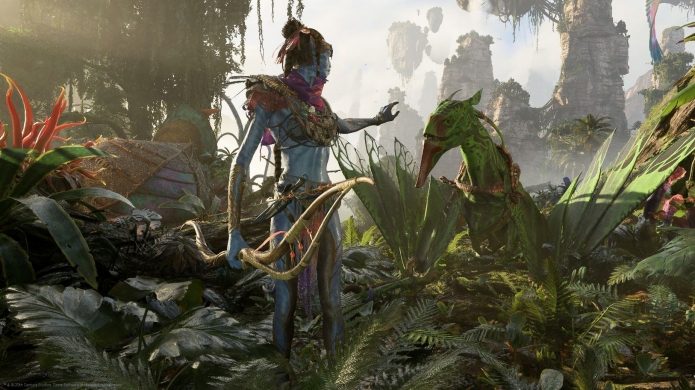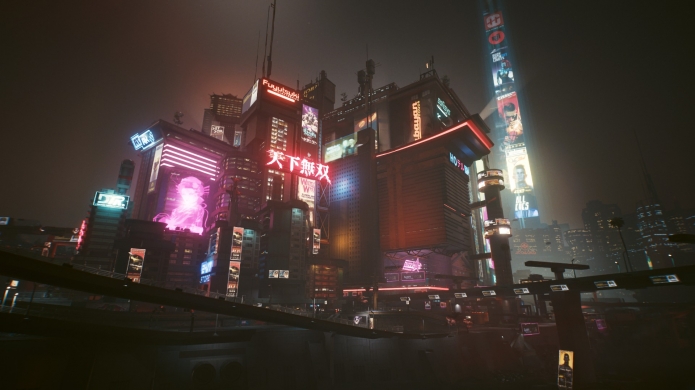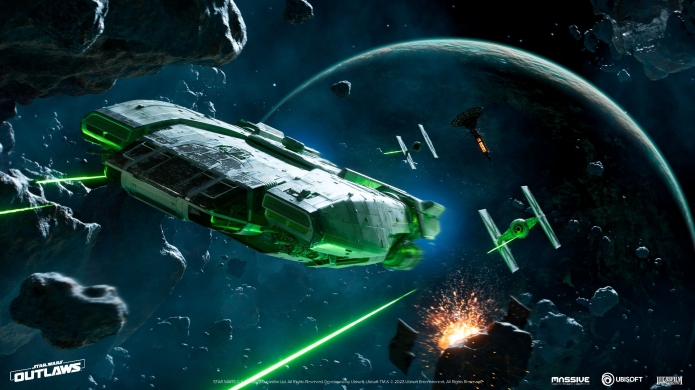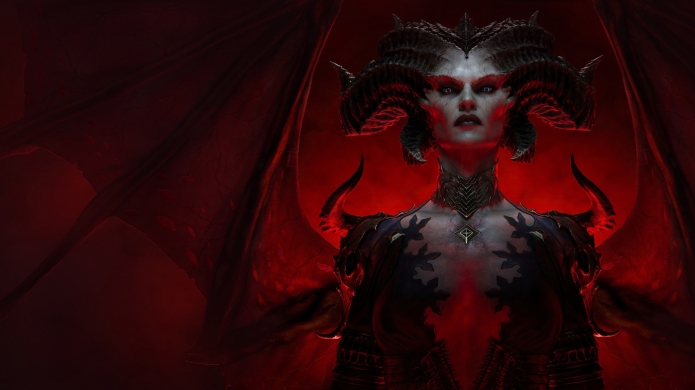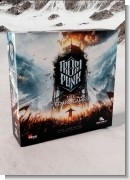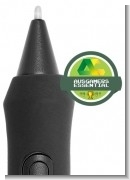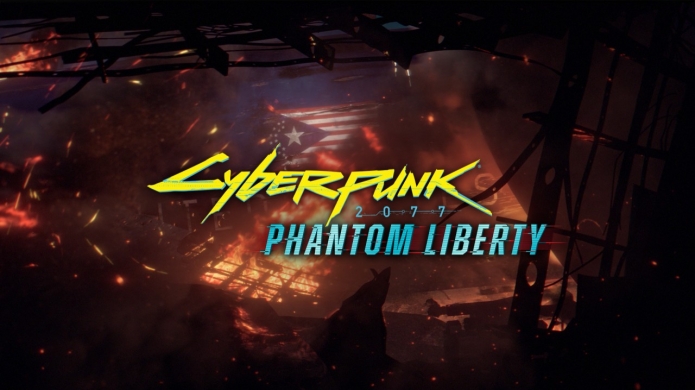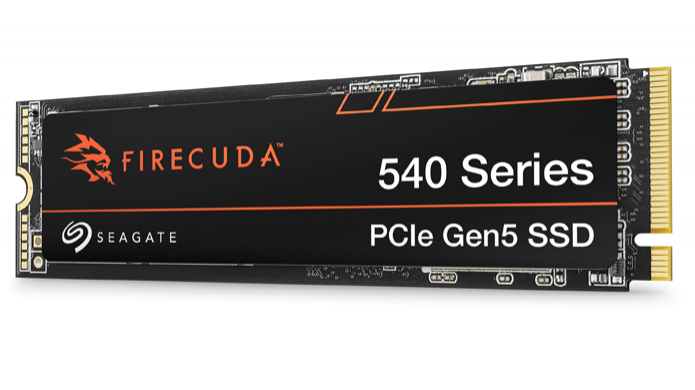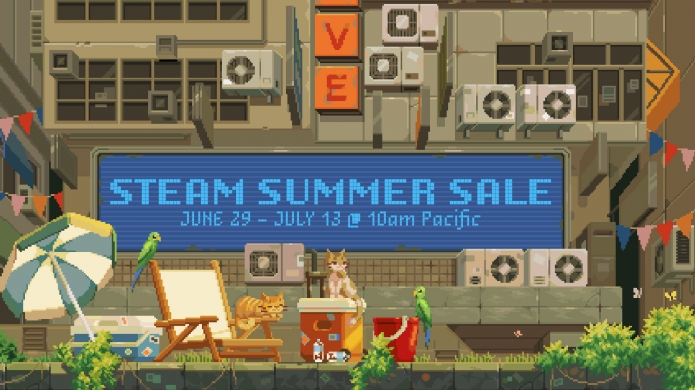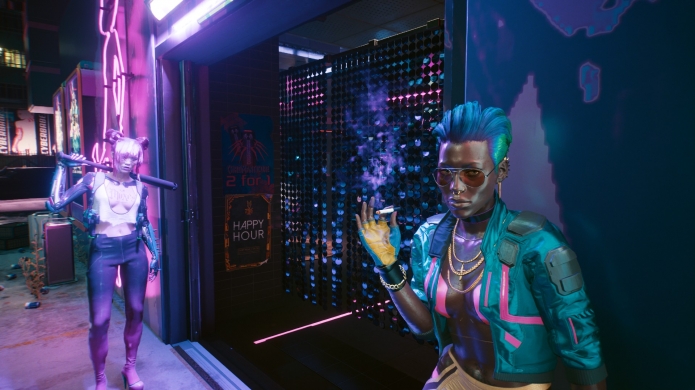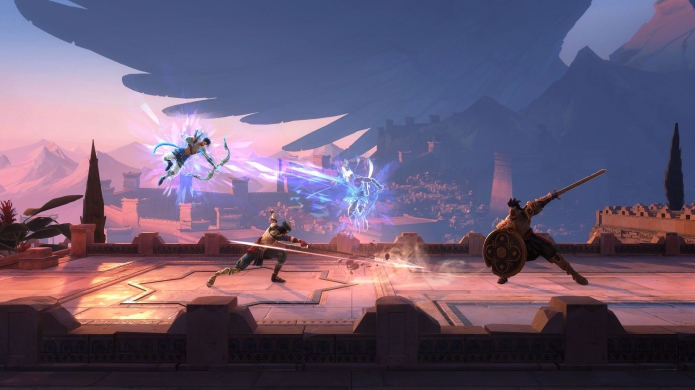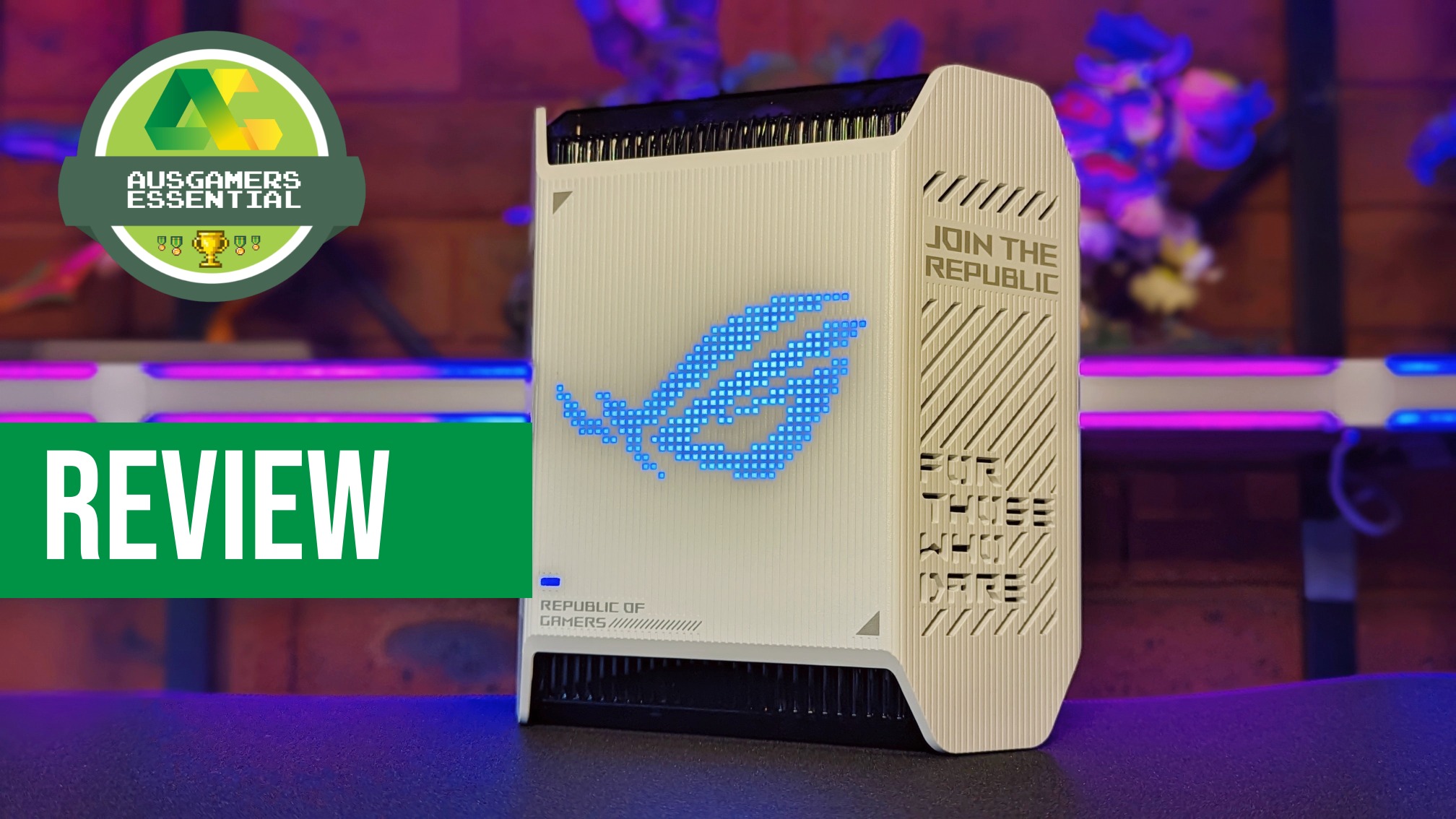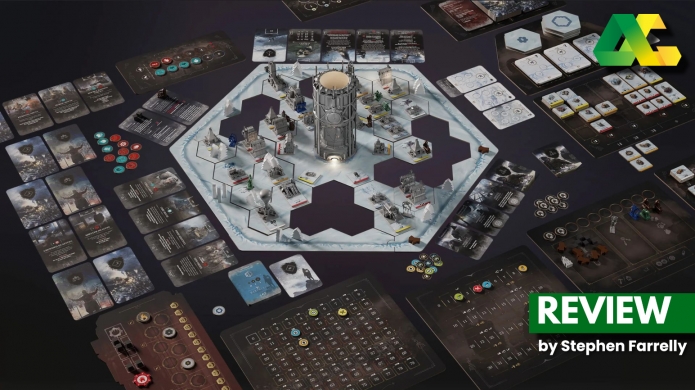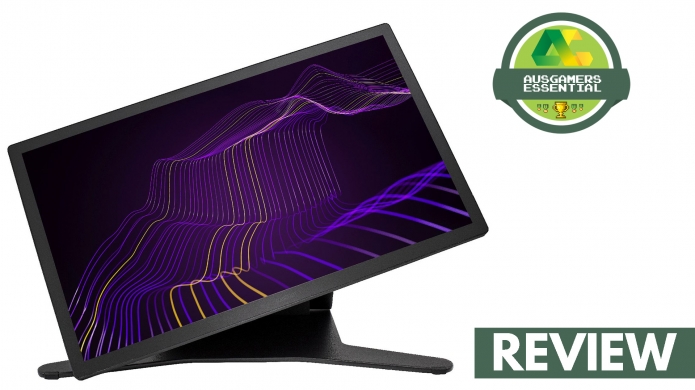Hands-On with The Legend of Zelda: Tears of the Kingdom
Post by KostaAndreadis @ 11:00pm 26/04/23 | Comments
We go hands-on with one of the most anticipated releases in years, and the follow-up to one of the best games of all time. So then, what's new in Hyrule?

Dungeons in The Legend of Zelda: Breath of the Wild took on the form of large Divine Beasts with thematic puzzles, traversal, combat, and large-scale boss battles. A part of a series that has evolved gradually over the decades, the one-solution puzzle design for overcoming a challenge can be traced back to the 16-bit Super Nintendo outing in 1992 and the series’ first full-3D adventure on the N64 in 1998.
Alongside the mini-dungeon like Shrines, they represented a style of action-adventure gaming that felt like classic Zelda. Classic Nintendo. New abilities and mechanics used as a basis for progression, both in terms of Link’s arsenal and where he can go. But it was Nintendo’s take on the open-world action RPG where Breath of Wild’s magic was found. An experience that felt every bit as iconic and influential as something like Skyrim, albeit for different reasons.
From physics-based abilities to survival elements that led to crafting, cooking, and weapon management to a stamina system that meant just about any surface or cliffside could be scaled, Breath of the Wild’s exploration, experimentation, and sheer wonder led to an experience that delivered countless surprises. One of which is the fact that it broke free of the series’ somewhat rigid beginnings.
This is Nintendo amplifying the physics-based sandbox elements found in Breath of the Wild but in a way that feels integral and intrinsically tied to all aspects of the game.
It’s not unusual for a developer to describe an open-world environment as a “go anywhere, do anything” playspace that houses a player-choice-driven cinematic tale. What is unusual is for a developer and game to deliver on that promise. A lot is riding on The Legend of Zelda: Tears of the Kingdom, and hype will do that. After spending a few hours in its reimagined world full of sky islands, it's difficult to form a fully-realised opinion of the game.
It was chock-full of so many memorable and stand-out moments that it’s hard not to feel humbled and overwhelmed by what’s in store. In a good way.
What is immediately apparent is that even as a direct sequel, Tears of the Kingdom presents the familiar world of Hyrule and the rules and mechanics of Breath of the Wild in a new way. This is Nintendo amplifying the physics-based sandbox elements found in Breath of the Wild but in a way that feels integral and intrinsically tied to all aspects of the game.
As seen in the recent gameplay presentation from Nintendo, there is a focus on using objects both found and ancient in origin (called Zonai Devices) to overcome obstacles and even create vehicles ranging from makeshift cars to boats to rocket-powered balloons and aerial gliders.
What stands out, apart from the initial strangeness that comes from adding fans to a rusted minecart and then using the new Ultrahand ability to pick it up and place it onto a track to take it for a ride, is that traditional Zelda-style puzzles in Tears of the Kingdom - including those we assume will appear in dungeons and Shrines (though we didn’t get to see these first-hand, or even get confirmation they’ll be in the game) - empower and reward creativity.
Yes, you can add some fans to the minecart mentioned above to get from Point A to B and reach a thing. You can also add a rocket for added speed or multiple rockets positioned in such a way as to add lift and end up at Point C. You can turn the minecart into a makeshift flame fortress with a few extra Flame Emitters (basically flame throwers), because why not.
Yes, you can add some fans to the minecart mentioned above to get from Point A to B and reach a thing. You can also add a rocket for added speed or multiple rockets positioned in such a way as to add lift and end up at Point C.
The good news is that combining multiple items to create something new goes beyond a simple-to-learn interface that has Link take regular breaks to become a master builder. Zonai Devices like fans and rockets are plentiful, stored in Link’s inventory, and can even be obtained using Zonai Device Dispensers peppered around Hyrule (and the Great Sky Island) that spit out these consumables like a Capsule Toy machine crossed with a winning Slot machine at a Vegas casino.
What this means for traditional The Legend of Zelda puzzles and mechanics is that solutions can be as simple, elaborate, or creative as you want them to be - or imagine them to be. It also means there’s no longer one right way to approach any situation. There are potentially dozens. And that’s impressive because Tears of the Kingdom’s world is even more grandiose and evocative than the Hyrule seen in Breath of the Wild.
Even on the now-aging Switch hardware, the world of Hyrule and the detail in every corner is awe-inspiring. Seeing a series of islands in the sky while Link’s feet are firmly planted on the grassy fields of Hyrule gives you that sinking feeling of excitement mixed with not knowing what to expect before embarking on an adventure. The lived-in history that was a hallmark of Breath of the Wild is still here, albeit with a sense that everything and anything is possible.
And that feeling drove much of my time with Tears of the Kingdom.
Take that age-old Zelda trope of dealing with rocks and boulders, where traditionally, you might need a bomb or special gloves to deal with these mineral-based obstacles. In addition to the Ultrahand ability that doubles as a way to pick up, move, and even drop objects, Fuse lets you combine a Hyrule-based thing with any weapon. The power of rock blended with a melee weapon adds to its raw damage capabilities and means you can now break other stones.
What this means for traditional The Legend of Zelda puzzles and mechanics is that solutions can be as simple, elaborate, or creative as you want them to be - or imagine them to be. It also means there’s no longer one right way to approach any situation.
You can imagine what this means for combat when fighting your way through enemies to reach a tower to take you up to the Great Sky Island. Weapons fused with raw materials in hand and arrows that can home in on an enemy or freeze them. Using the new Recall ability, you can send objects that might be hurled toward Link back at enemies via reversing time.
Inspect the fortress from a distance, plan and execute the attack, or simply charge in swinging. Like Breath of the Wild, combat in Tears of the Kingdom is challenging and strategic, with fortunes changing instantly and those that took the time to cook a few tasty meals more likely to succeed.
What if you decided to bypass the threat immediately, build an elaborate vehicle that can fly, swoop in, and simply make a beeline for the tower? There’s that option too. Fuse also applies to Zonai Devices, so you can combine a rocket with a shield to fly up and into a fort from any angle. These creations and devices are all battery-powered, bringing a modern tech feel to the game, like how using the Sheikah Slate in Breath of the Wild felt like Link busting out a prehistoric iPad.
An ability called Ascend transforms vertical traversal in Tears of the Kingdom into a flat circle, or whatever Sam Neil was talking about in Event Horizon. It basically means that if Link is in an underground cave or underneath a ledge, he can cosmically swim through rock and rubble to reach the higher platforms.
It works brilliantly and feels as significant as Nintendo’s choice to have a single stamina bar that dictates how long Link can climb versus limiting when and where. As long as there’s somewhere to pop up Bugs Bunny-style, Ascend is a tool to quickly travel between Hyrule and the Great Sky Island’s vertical layers.
Like Breath of the Wild, combat in Tears of the Kingdom is challenging and strategic, with fortunes changing instantly and those that took the time to cook a few tasty meals more likely to succeed.
And with that, you can see why a few hours with The Legend of Zelda: Tears of the Kingdom was overwhelming and a little daunting. The moment you see that first new ability, five years after the debut of Breath of the Wild, you want to see what else is on offer, how things work, and what the islands in the sky look like. Further down the line, you want to find out if there’s an option to streamline the building process via a blueprint-style system. Although we can’t delve into that side of the game (yet), Nintendo notes that building can be made speedy and “convenient” via an ability earned at a certain point in the game.
Really though, it set the tone and stage for what is shaping up to be something special - a sequel in a series that rarely deals in sequels. And yet it manages to bring so many new ideas into the fold that it makes the prospect of exploring the lands and skies above Hyrule - anew - something to savor.
The Legend of Zelda: Tears of the Kingdom is out May 12 for Nintendo Switch.
Read more about The Legend of Zelda: Tears of the Kingdom on the game page - we've got the latest news, screenshots, videos, and more!
